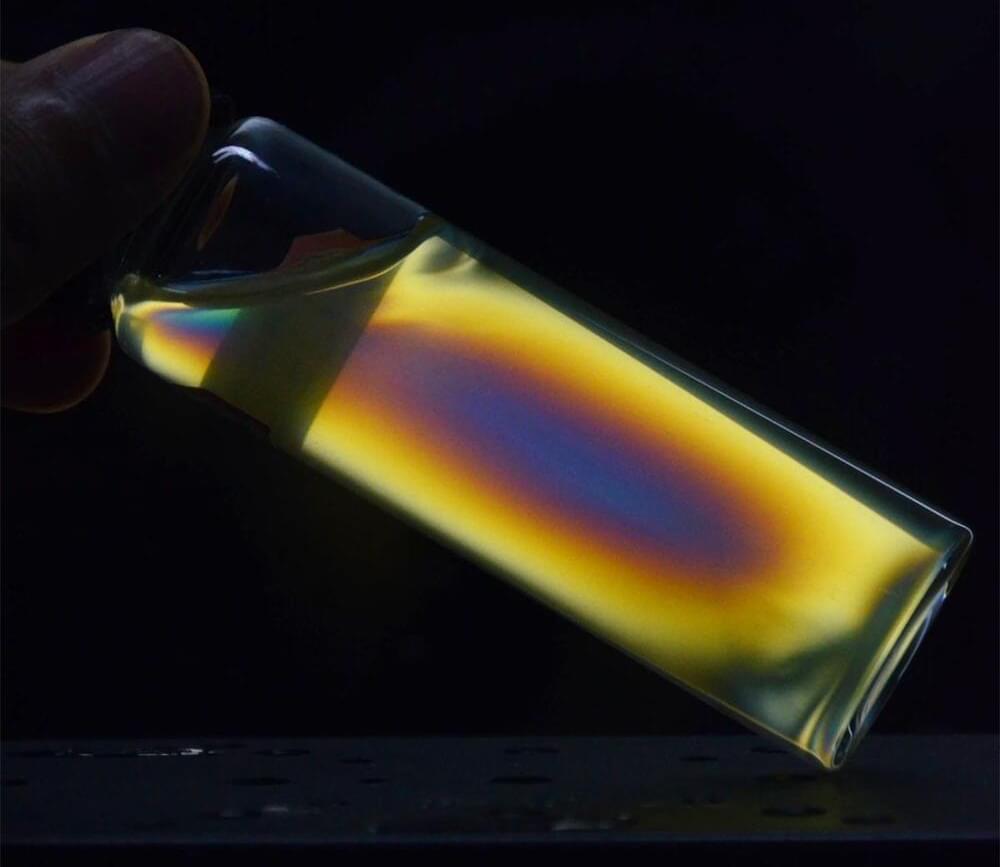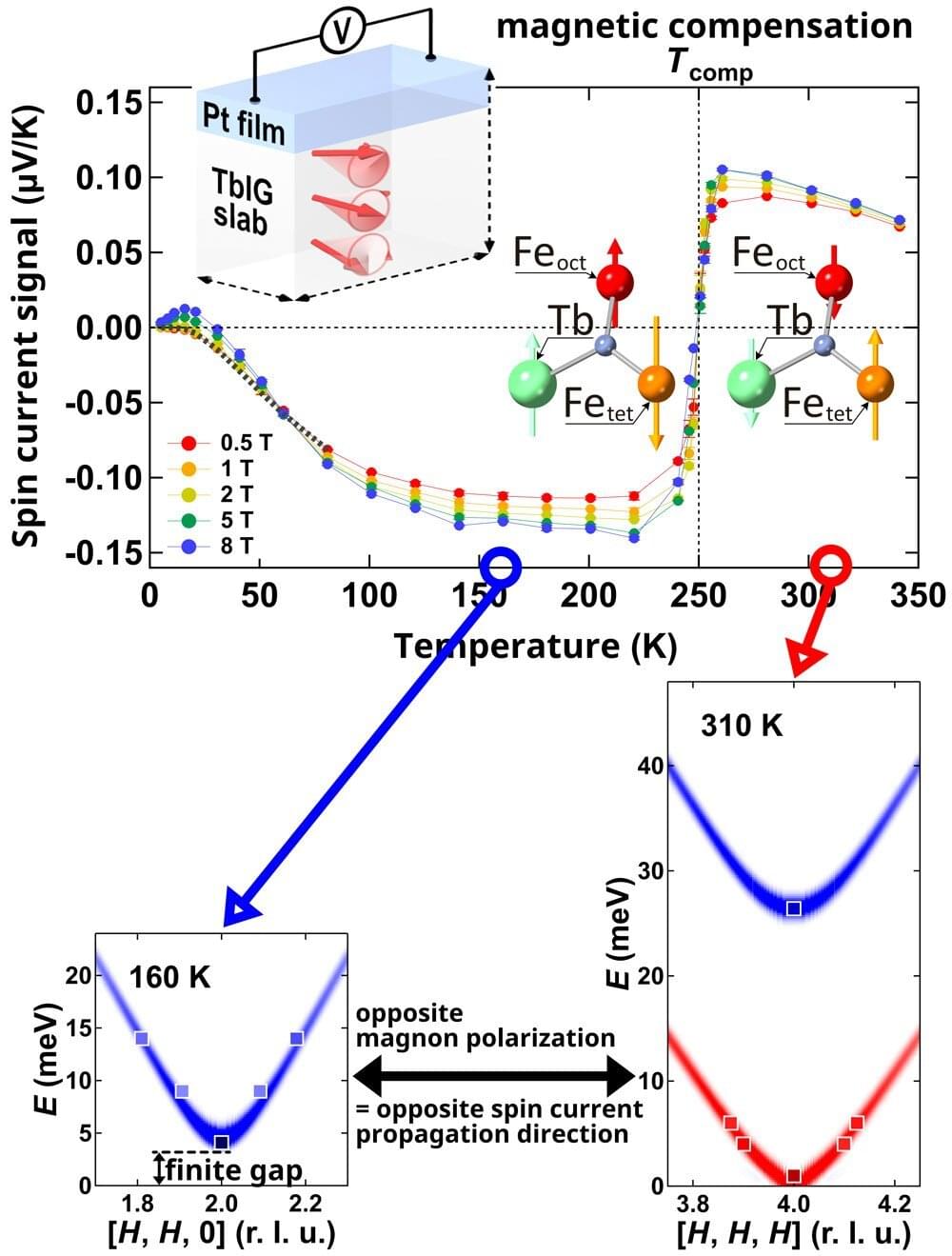Researchers discovered ferroelectricity in 2D vermiculite, boosting electric field responsivity in liquid crystals and paving the way for innovative large-scale displays.
Electro-optical liquid crystal (LC) device with wide applications is a cornerstone of the information society, which can continuously and dynamically modulate the light intensity, polarization, and phase retardation. An ancient theoretical insight proposes that a LC material with both an extremely large geometrical anisotropy and an inherent electric dipole is highly expected to improve the electric field responsivity of LCs.
However, neither commercial organic LC molecules nor R&D LC nanomaterials meet both aforementioned perquisites, while such LCs have not been reported so far. As for now, they are open questions for LC community about whether such an LC exists and the upper limit of its electric field responsivity.








